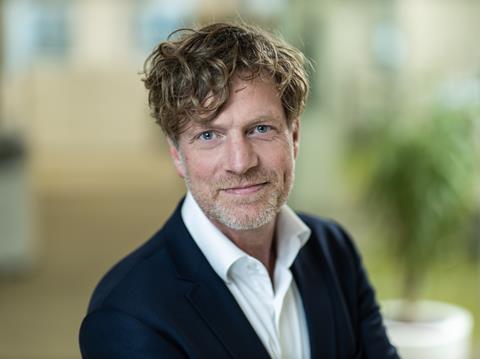
Welcome to the first in an ongoing series in which Vincent Mooij, Director of SUEZ.circpack®, gives his take on some of the biggest challenges faced by the industry today on its journey towards circularity.
Throughout the series, we encourage readers to send in their own questions on what the industry needs to do to achieve circularity, where it is falling behind, etc. To do so, just send them to vh@packagingeurope.com with the subject line ‘Circular Packaging Q&A’, or ask us a question via either LinkedIn or Twitter using the hashtag #CircularPackagingQuestions.
And so on to the first question:
What would you say is the overall public perception of plastic packaging from an environmental perspective, and how should this be addressed?
VM: We have all been confronted with the upsetting videos of filled trucks illegally dumping waste in rivers. Social media shows very disturbing pictures of polluted beaches, images of a sea turtle with a plastic straw up its nose and birds caught in plastic trash. It does not make you proud to be working with plastic packaging. All this footage is continuously influencing the public perception. It has changed the general view on plastics and packaging. I would even dare to say it is changing perception on globalization and consumerism. All in all, not a good time for plastic packaging. The downsides are very real and happening and something needs to change.
In a rearguard attempt to counter the negative perceptions of plastic packaging, the industry is always promoting the great benefits of plastics. And there indeed are plenty. Plastic is a great material. It’s cheap, it’s light, it provides different properties, reduces food waste and it’s durable. It’s an almost perfect material for packaging as it protects, promotes and preserves different products on their journey to the consumer.
If plastics are such a great material, than why does this belief not resonate with the average consumer? The answer is simple: both sides are true. It just depends from which angle you look. With the rise of conspiracy theorists, rabbit-holes in social media and political differences, research shows that a couple of things are essential for change: an intrinsic willingness to listen to arguments and acknowledgement of the views of the other person. Only if these basic pre-conditions are met can people find common ground to move from their position and work together to solve the issues.
Now, how does this work with plastics? The packaging industry should first of all stop repeating their ‘mantra of plastic-goodness’ as a counter to the bad reputation. It does not stick and you are actually side-lining yourself. Instead, the industry should more than ever acknowledge the environmental issues plastics are causing.
The second step would be to join forces on solving these issues. We know that in those countries where waste causes most of the environmental issues, the financing of the waste infrastructure is the biggest hurdle. It all starts with collection. Supporting and financing infrastructure for collection and proper treatment of waste would be a good start to really make a difference. We must actively support local governments to implement Extended Producer Responsibility (EPR), or set it up together with the industry to ensure a level playing field in that country. Make sure that leakage into the environment stops.
If the industry fails in stopping the pollution, local governments will start banning more and more products. In the end, the price brand owners will have to pay will be the license to operate in these countries. It’s up to you!















